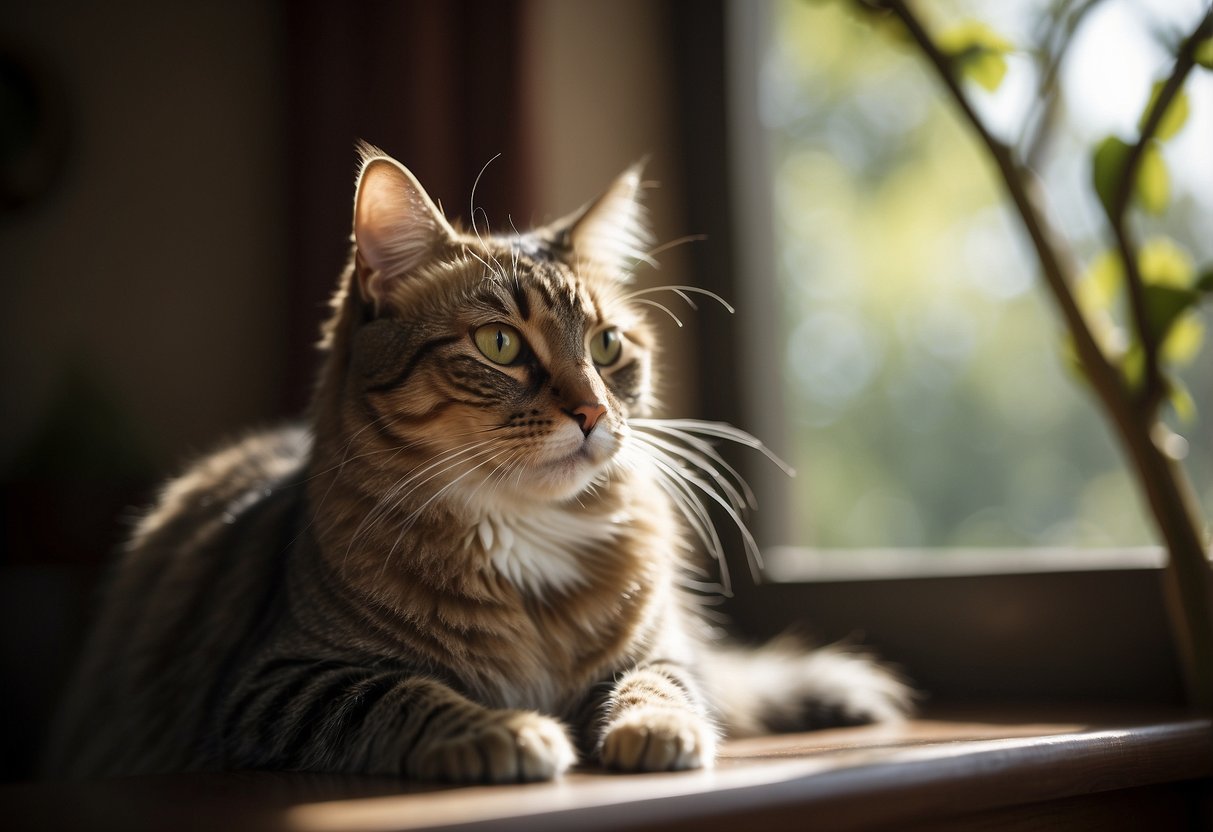
Cats communicate through a complex blend of body language, vocalizations, and behaviors. Understanding your feline friend’s signals can greatly enhance your relationship and help you meet their needs more effectively. Key indicators like tail position, ear orientation, and various types of meows provide valuable insights into their emotional state and desires.
A cat’s tail can convey a wealth of information. For instance, a high, quivering tail often signifies excitement and happiness, while a low, tucked tail can indicate fear or submission. Similarly, flattened ears may suggest anxiety or aggression, whereas forward-facing ears typically signal curiosity or contentment.
Cats also use vocalizations to express themselves. Meowing can range from a simple greeting to a demand for food or attention. Purring generally signifies contentment, yet it can also be a self-soothing mechanism when they are in pain or stressed. By paying close attention to these signs, owners can create a more harmonious living environment.
Decoding Vocal Communications
Cats use various vocalizations to express their needs, feelings, and warnings. Each type of sound has a specific meaning and is a key indicator of their emotional state and intentions.
Purrs and Meows
Purring is usually a sign of contentment. When a cat purrs, it is often in a relaxed state, potentially seeking affection. Meowing, on the other hand, serves as a form of communication directed primarily toward humans. Cats meow to express hunger, request attention, or indicate discomfort. The pitch, frequency, and volume are important factors in interpreting a cat’s needs. A high-pitched meow usually indicates urgency or a strong need, while quieter meows may be more conversational.
Hisses and Growls
Hissing is a defensive sound that signifies fear or aggression. When a cat hisses, it is often feeling threatened or cornered. Growling is another vocalization that indicates hostility or displeasure. It is a clear warning for others to keep their distance. Both hissing and growling are accompanied by other physical signs such as arched backs or puffed fur, which help to emphasize the cat’s message. Recognizing these sounds and their accompanying body language can prevent potential conflicts.
Understanding Body Language
Feline body language offers invaluable insights into a cat’s emotions and intentions. By observing specific movements and positions, one can decode these silent signals, enhancing the bond between human and cat.
Tail Movements and Postures
Tail movements and postures are significant indicators of a cat’s emotional state. A high tail suggests a confident and happy cat, while a low tail may indicate fear or submission. When a cat flicks its tail rapidly from side to side, it often signals annoyance or agitation. A puffed-up tail indicates extreme fear or aggression, readying the cat for fight or flight. Understanding these subtle nuances can prevent misunderstandings and strengthen the human-feline relationship.
Ear and Whisker Positions
Ears and whiskers provide clues about a cat’s mood and intentions. Forward-facing ears show curiosity and engagement, while flattened ears indicate fear or aggression. When a cat’s whiskers are pushed forward, it signifies interest or excitement, often seen during play or hunting. In contrast, whiskers pulled back against the face can indicate stress or apprehension. Recognizing these signals can help anticipate a cat’s needs and reactions.
Eye Contact and Blinking Signals
Eye contact and blinking play a crucial role in feline communication. Slow blinking is a sign of trust and affection, often referred to as “cat kisses.” Direct, prolonged eye contact can be perceived as a threat or challenge. A cat that breaks eye contact first is usually expressing submission or uncertainty. By mimicking these behaviors, humans can build rapport and trust with their feline companions.



